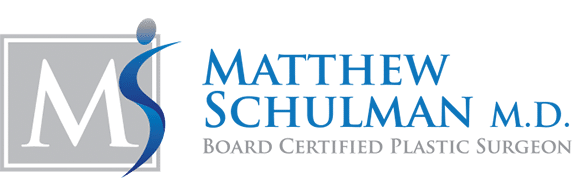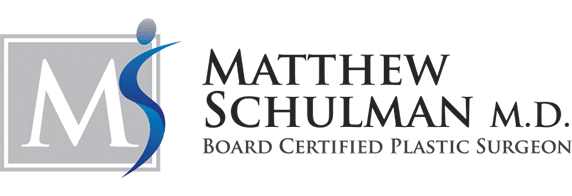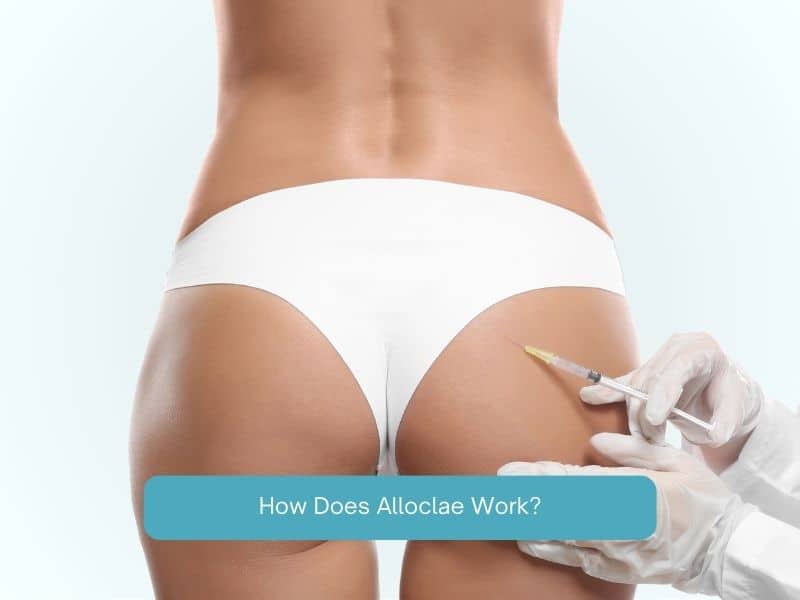In the ever-evolving world of cosmetic enhancements, injectable fillers continue to redefine how we approach facial rejuvenation. One of the most exciting new options on the market is AlloCLae Filler, a regenerative aesthetic filler that combines cutting-edge science with natural results. Whether you’re looking to restore volume, smooth wrinkles, or improve skin texture, AlloCLae offers a novel approach rooted in regenerative medicine.
Let’s break down what it is, how it works, the recovery process, and commonly asked questions to help you determine if it’s the right treatment for you, including creating a customized treatment plan.
What Is AlloCLae Filler?
AlloCLae (pronounced allo-clay) is an injectable regenerative dermal filler that uses allograft tissue—donor fat cells that have been processed and purified—to stimulate your body’s natural collagen production. Unlike hyaluronic acid (HA) fillers, which add volume by physically occupying space under the skin, AlloCLae works by encouraging your skin to regenerate its own collagen over time, allowing you to restore lost volume safely and naturally.
Many women love AlloCLae treatments for:
- Restoring facial volume.
- Smoothing deep lines and wrinkles.
- Enhancing skin quality and texture.
- Treating acne scars and other atrophic scars.
What sets AlloCLae apart is its dual-action mechanism: rapid volume restoration along with long-term regenerative benefits.
How Does Alloclae Work?
AlloCLae is composed of processed extracellular matrix (ECM) proteins derived from sterilized donor adipose materials or fat cells. These proteins play a critical role in tissue regeneration and healing, which is why many use it to address soft tissue contour deformities, loss of volume from decreased body fat, and other desires for aesthetic and functional restoration.
When injected into the skin:
- Initial Volume: The filler provides a mild immediate lift or volume boost, depending on the treated area.
- Cellular Response: Over the next several weeks, your body begins a regenerative response. The ECM proteins signal surrounding cells to produce new collagen and elastin.
- Long-Term Remodeling: As your skin regenerates, volume and elasticity improve naturally, often leading to longer-lasting results compared to traditional fat grafting and other body contouring procedures.
Unlike synthetic fillers, which eventually dissolve and get metabolized, AlloCLae supports your body’s innate ability to rebuild youthful-looking skin, allowing you to enhance body contours with minimal downtime.
Areas Commonly Treated with AlloCLae
While AlloCLae can be used in many of the same areas as traditional fillers, it’s especially favored for:
- Midface (cheeks): to restore volume and lift
- Nasolabial folds: to soften deep lines
- Marionette lines: for a more youthful lower face
- Jawline and chin: to improve contour and structure
- Acne scars: to regenerate underlying tissue
Because of its regenerative properties, AlloCLae is often recommended for patients looking for natural-looking, long-term results with minimal maintenance, encouraging realistic expectations.
What to Expect: The Recovery Process
One of the most appealing aspects of AlloCLae is the relatively easy recovery from such a minimally invasive procedure. While everyone’s experience may differ slightly, here’s a general week-by-week breakdown of what to expect:
Day 1–3: Immediate Aftercare
After you receive your AlloCLae injections, you may experience some temporary discomfort or irritation at the injection sites. Your doctor will also provide you with an after care plan, which you’ll need to follow closely to ensure lasting results.
What to expect:
- Mild swelling and redness at injection sites are common.
- Some tenderness or firmness may be felt under the skin.
- Ice application can help reduce swelling.
- Avoid alcohol, strenuous exercise, and touching the area excessively.
Week 1: Initial Healing
Within one week, you should see a significant decrease in swelling as you get back to your normal routine.
What to expect:
- Most visible swelling subsides.
- Results may appear subtle during this time, as AlloCLae does not provide dramatic immediate volume like HA fillers.
- You can return to work and social activities.
Week 2–4: Regeneration Begins
It’s important to remember that one of the benefits of AlloCLae is its natural regeneration and growth factors, which may not be visible until up to 4 weeks.
What to expect:
- Your skin starts to rebuild collagen and elastin in response to the ECM proteins.
- A noticeable improvement in skin tone and texture may become visible.
- Volume enhancement becomes more apparent and natural-looking.
Week 4–12: Ongoing Improvements
As your body adjusts to the fat transfer cells from your injection, you’ll notice results that continue to get better with time, leaving your treatment area looking smoother and more youthful.
- Optimal results typically become visible around 6–12 weeks post-treatment.
- Continued collagen stimulation may occur for several months.
- Results are subtle, natural, and long-lasting.
Frequently Asked Questions:
1. Is AlloCLae safe?
Yes! AlloCLae is sourced from FDA-regulated tissue banks and undergoes rigorous screening and sterilization processes. It has been cleared for safety and is used by licensed professionals trained in regenerative injectables to provide a minimally invasive alternative to other fat transfer procedures.
2. How long do the results last?
Results can last 12 to 18 months or longer, depending on your body’s regenerative response and the area treated. Unlike HA fillers that fade uniformly, AlloCLae gradually improves the quality of your skin over time.
3. Are AlloCLae injections painful?
Most patients report minimal discomfort. However, a topical numbing cream or local anesthesia is usually applied before the procedure to reduce sensitivity during injection.
4. How is AlloCLae different from other fillers like Juvederm or Restylane?
Absolutely! AlloCLae offers a more nautral, non surgical alternative to other procedures or fillers.This makes it ideal for treating soft tissue irregularities and other popular body contouring treatment areas like hip dips, the jaw line, and treating fine lines and wrinkles.
- Juvederm and Restylane are hyaluronic acid (HA) fillers that add immediate volume by attracting water molecules.
- AlloCLae is a regenerative filler that encourages natural tissue remodeling instead of relying on gel volume alone.
- HA fillers are temporary; AlloCLae works on a longer biological timeline to improve skin health from the inside out by providing structural adipose filler designed to boost collagen production over time.
5. Can I combine AlloCLae with other treatments?
Yes! AlloCLae can be combined with HA fillers, microneedling, PRP, or laser treatments depending on your aesthetic goals. Many providers use a “stacked” approach to maximize results, so consulting with a board certified plastic surgeon is essential to getting the results you deserve.
6. Who is a good candidate for AlloCLae filler?
If you’ve experienced things like:
- Moderate facial volume loss from significant weight loss or changes in body fat.
- Acne scarring or other types of noticeable skin texture.
- Contour irregularities from other invasive surgery options.
AlloCLae treatments are a great way to get fuller, more youthful features without the risk of traditional fat transfer procedures.
With that in mind, it may not be suitable for those with compromised immune systems, active infections, or certain allergies. Your provider will review your medical history during the consultation.
7. What is the cost of AlloCLae?
Pricing varies by provider and treatment area, but you can expect to pay $700–$1,500 per syringe. Some patients may need multiple syringes depending on their goals.
8. Are there any side effects?
Mild side effects include:
- Redness
- Swelling
- Bruising
- Tenderness
Serious complications related to fat tissue are extremely rare when the procedure is performed by a qualified professional. With any cosmetic procedure, you should continue to maintain things like a healthy diet and exercise program to ensure a stable weight, allowing your results to last.
Is AlloCLae Right for You?
If you’re looking for a long-lasting, regenerative approach to facial rejuvenation, AlloCLae offers a powerful alternative to traditional fillers. It not only restores volume and smooths lines but also improves your skin’s quality over time—without synthetic additives.
Dr. Matthew Schulman offers a wide range of body contouring procedures performed by an expert staff. Whether you’re looking to improve the appearance of body fat after losing weight, create a smoother skin texture, or enhance volume from sagging skin, he’s here to craft a personalized treatment plan for you. Connect with our office to schedule a consultation today.
References:
https://my.clevelandclinic.org/health/treatments/21525-body-countouring





